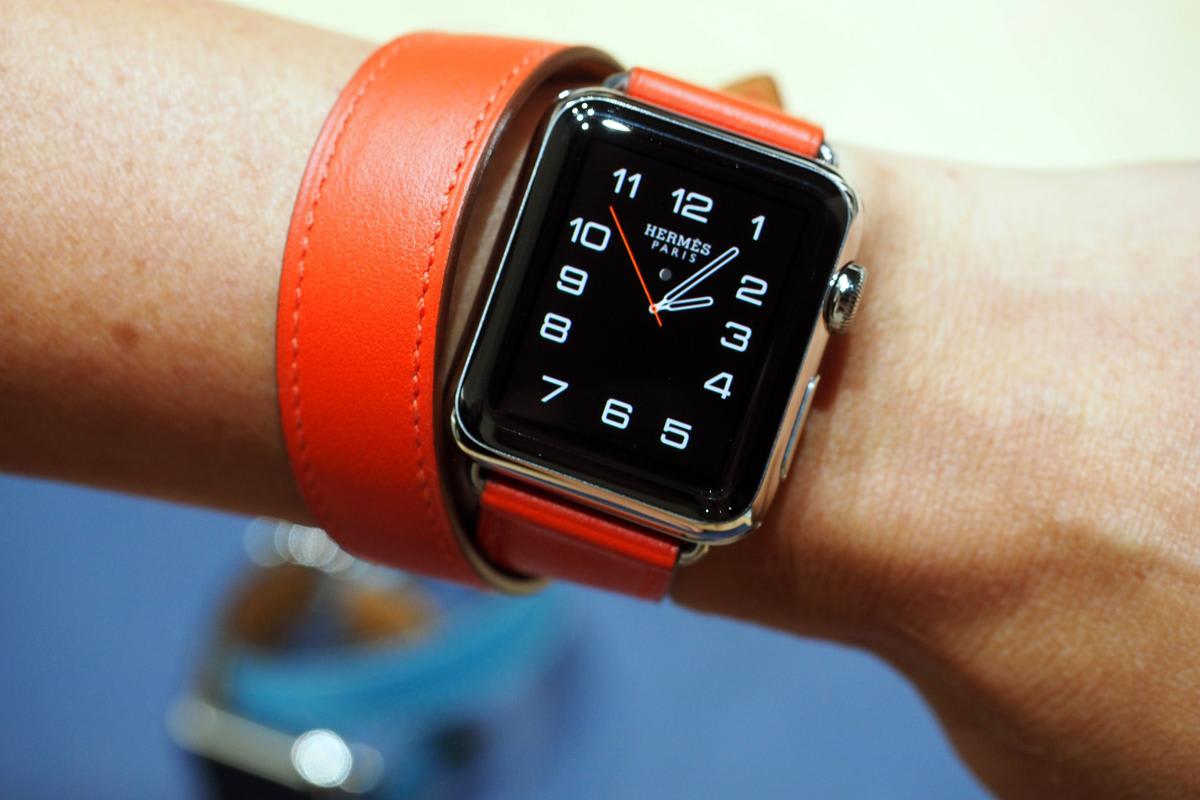Digital is no longer a premium in the luxury world, it is a necessity.
Originally published on LuxuryDaily.com
Heading into this new and unexpectedly uncertain decade, now compounded by COVID-19, it is clear that the luxury sector has only scratched the surface of integrating digital technology as a vehicle for growth.
While the global pandemic continues to impact business, it is also giving luxury brands a window of opportunity. Specifically, a laser focus on internalizing digital technology capabilities will be critical as we navigate this new terrain.
The act of diffusing a high-end craftsmanship mentality to digital technology will empower organizations, their employees, their customers, and ultimately their bottom line. For those new to this mindset, three areas can be initially considered when diffusing digital craftsmanship into their operations: Real-time knowledge sharing, contextual and sophisticated personalization, and harmonizing physical and digital.
Understanding of these core tenants across an entire organization will solidify the positioning of luxury industry leaders now and into the future.

Real-time knowledge sharing
What makes the luxury business different from others? Primarily, it has been the ability to take experiences beyond the status quo. In that sense, luxury firms show the way to the rest of the market on how to stay relevant and resonate with our core human desires.
That’s setting a high bar, so to live up to this expectation, luxury firms must overcome their most critical oversight: neglecting digital experiences for their most important stakeholders, their staff.
Luxury clearly demonstrates what it means to manage client relationships. Sales professionals in the sector are exceptionally educated about their company’s product, heritage and values. As such, they naturally engender close relationships with their most loyal customers and treat any new prospect the same, eager to share their deep knowledge about the origins of the company.
Going beyond brick and mortar, luxury brands who have been successful online have a considerable amount of sentiment credit from consumers thanks to their decades of investments in creating physical experiences that exceed expectations.
Now with tools such as Instagram and connections with influencers, luxury staff can have the added ability to digitize their endorsements, advertising and messaging as an adjunct to these personal relationships.
Playing the long game is already built into the DNA of most luxury firms. And the longer they play, the better they are at staying relevant and authentic. In that context, they must now embrace the digital craftsmanship needed to create a seamless path from education to purchase.

Contextual and sophisticated personalization
As luxury organizations begin to understand that digital is a medium with its own craftsmanship sensibilities, they will be able to successfully strategize, design, and implement it to create unforgettable, relevant customer experiences at each and every encounter.
When a customer walks into your flagship store, it is not a standalone in-store experience. On the contrary, they most likely first experienced your brand while looking up directions on Google Maps, checking shop hours on their phones, or asking Siri a question. Perhaps they found you in an online article, a new product post on Instagram, or from a friend who shared it via text. As there are no longer pure physical interactions, digital properties have become platforms, and this awareness enables personalization to encourage deeper connections between brands and consumers.
Although we know the luxury business can be seen as indulgent, the reality is that luxury is relative and, thus, intimately part of our human nature. It operates on all levels, and digital technology is the perfect medium to provide the right thing, for the right person, at the right time, without having to show everyone everything all at once.
Digital technology makes communication more personal, more accurate and, ultimately, more scalable.

Harmonizing physical and digital
Simply placing an LCD touch screen on something has never made an experience innovative, connected or smart. Instead, it marginalizes both the magic and specialness of both physical and digital worlds.
It is time to treat technology as another medium with which to paint a masterpiece.
The goal of senior leadership, then, is to use digital to carefully craft experiences that follow the brand’s specific and unique internal learning development processes. These must be seamlessly paired with the front line employees who interact directly with customers.
It is about taking thoughtful action to support your team and to provide the best possible experiences for your customers, no matter where they are or what else is going on in their lives.
Now is the time to invest in digital and rethink what technology-enablement means for your brand. Remember that brand trust, retail atmosphere and relevant information are the key ingredients of customer experiences and ultimately drive shopper behavior and sentiment.
It is in these times of productive disruption where luxury brands must step up to the challenge and champion the craft truly elevated digital experiences.
Without our faith in digital technology today, we would be in a much more difficult place. Indeed, technology has become less of a luxury and more of a necessity. Accordingly, it is critical to understand there is no longer a line between digital and physical experiences; rather, they intersect and connect.
–
Alex Levin is the founding partner and director of strategy of L+R, an international technology design studio. He spearheads the firm’s specialized luxury vertical, Liquid Crystal, as well as its end-to-end consulting, which covers research and analysis, design strategy and applied digital technology.


